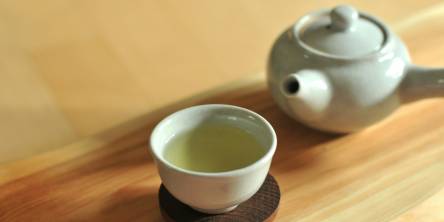What Is The Role of A Pain Management Center

When a general practitioner has done all they can for their patient’s chronic pain, they will turn for help from a pain management center. Here the patient will have access to a staff of several types of professionals that will help address their pain and find the best pain management treatment for them. This is a common practice for patients with musculoskeletal and spine pain that isn’t determined to be from any specific source, such as an auto accident or cancer.
At the center, the patient will be treated with procedures and techniques to manage their pain that a general practitioner may not have access to or training to, which may include surgery. The process the staff at the center will include the following:
- Identify the source of the pain
- Review the possibility of an aggressive nonsurgical approach
- If surgery is determined necessary, they determine the area that needs surgery
- They will provide the patient assistance with recovery after surgery
- They will provide the patient rehabilitation after surgery
A pain management center will use a large variety of techniques in addressing a patient’s pain and the disease, disorder or illness causing the pain. Here, a scientific basis is used for these approaches which will range from procedures or therapy that are without experimental support to the procedures and therapy that have demonstrated effectiveness in clinical trials.
Pain Management with Noninvasive Pharmacologic Treatment
Pain management center will first have the patient try OTC pain relievers and other related drugs. Some of the common treatments of noninvasive pharmacologic for chronic back pain are:
- Analgesics – Along with pain medications this also includes acetaminophen. The downside to this is that the kidney and liver are at risk with long-term use.
- NSAIDs (Nonsteroidal anti-inflammatory agents) – This includes OTC products such as aspirin, COX-2 inhibitors, ibuprofen, and naproxen. These put a patient at risk of gastrointestinal ulcers and heart attack with long-term use.
- Muscle Relaxers – These are used as a treatment for muscle spasms that are caused from pain and protective mechanisms.
- Narcotic Medications – These are prescribed for patients with acute or for post-operative pain. Because they can become addictive, the staff at a pain management center will supervise a patient closely and limit any refills of the prescriptions. Because they are prescribed for acute pain and not chronic pain, the prescription refills are limited if any.
- Antidepressants or Anticonvulsants – These are used for treating neuropathic pain.
- Neuromodulating Medications – These are used for treating muscular and neuropathic pain.
If these pharmacologic treatments do not work for a patient, the staff at the center will then bring a staff surgeon in for a consultation. They may also bring in other members of the center to evaluate the patient’s condition and history as well.
Other members of the staff may include one or more of the following specialists:
- General Medical Doctor (in addition to working with patient’s original MD)
- Neurologist
- Neurosurgeon
- Oncologists
- Psychologist
- Physical Therapist
- Rheumatologist
There may be other specialists on staff at the pain management center that will be included in a patient’s case. Specialists that are not on staff may be called upon for consultation as well. This is the benefit of being admitted to a facility like this: Having multiple specialists on hand for consultation and inclusion in a patient’s case. It is somewhat like an ‘a la carte’ of assorted specialist to choose from.
Once a patient has started showing signs of recovery, each specialist will sign off on their part. Some of them may recommend ongoing care for a while longer or a follow up appointment in three, six, or twelve months, perhaps longer.
Similar Articles
Halitosis, sometimes known as foul breath, affects millions of individuals worldwide and can cause humiliation, influencing everyday interactions and confidence.
In the modern world, maintaining good health often feels like a constant challenge. Between busy lifestyles, sedentary habits, and lack of motivation, many people find it difficult to stay consistent with exercise, diet, or wellness practices.
Learn how UV toothbrush sanitizers use UV-C light to kill 99.9% of bacteria, viruses, and fungi—backed by science for better oral health.
In the past, the experience of soaking in a hot tub or relaxing in a sauna was something reserved for spas, health clubs, or luxury retreats
Learn practical strategies for nurses to advance careers while maintaining patient care, managing time, and supporting well-being in today’s fast-paced healthcare.
Learn 6 key benefits of a juice cleanse, from boosting energy and hydration to clearer skin, easier digestion, and healthier eating habits.
Discover 5 simple ways to enjoy green tea daily for better taste, more nutrients, and lasting wellness benefits for your body and mind.
Discover how house slippers support foot health indoors—combining warmth, protection, and support—with insights from podiatrists and real‑world studies.
How whole-body donation creates a lasting impact, advancing medical education, research, and future healthcare breakthroughs.









